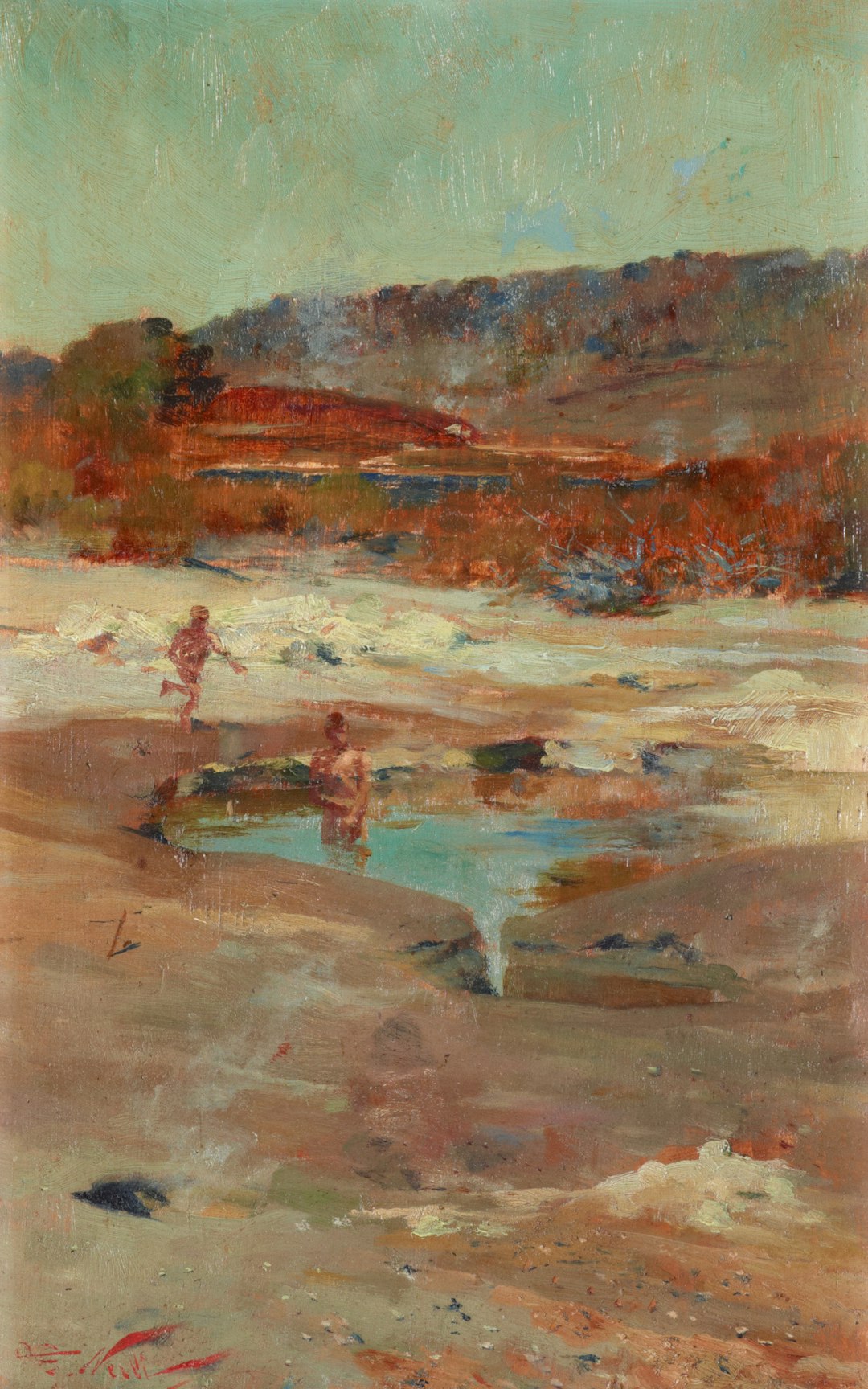Artificial Intelligence (AI) image generation tools have quickly become a transformative part of the digital design and creative landscape. From marketing teams to independent artists, these tools offer a new realm of possibilities by transforming words into compelling visuals. However, the quality of images produced by AI depends largely on how clear and specific the instructions—or “prompts”—are. Understanding how to craft effective prompts is essential to unlocking the full potential of AI image tools.
The Importance of Precision in Prompting
AI algorithms interpret input based on language patterns and visual concepts they’ve been trained on. When you provide a prompt, the tool attempts to parse your words, match them with its training data, and generate an image accordingly. The more ambiguous the prompt, the less likely the AI is to produce an image that matches your intent. Conversely, a well-constructed prompt can yield remarkably accurate and visually impressive results.
It’s helpful to think of AI as a highly literal assistant. It doesn’t read between the lines or infer meaning the way a human might. That’s why clarity, context, and specificity in your instructions matter so much.
Key Elements of an Effective Prompt
To improve your results when using AI image generators, consider including the following elements in your prompts:
- Subject: Clearly describe what should be the primary focus of the image.
- Style: Indicate whether you want a photo-realistic image, a cartoon, a painting, or another artistic form.
- Environment: Set the scene. Is the subject indoors? Outdoors? In a fantasy world or urban landscape?
- Lighting and Mood: Mention the type of lighting—like “sunset,” “moody,” or “studio lighting”—and any emotional tone you want the image to convey.
- Color Palette: Suggest colors or themes, especially if your project has brand guidelines or aesthetic constraints.
- Perspective and Composition: Specify if the image should be a close-up, wide-angle, or involve a specific camera angle.
Each component adds clarity, reducing the room for interpretation and narrowing down the possible outputs. Here’s an illustrative contrast:
Poor prompt: “A man in a park”
Improved prompt: “A middle-aged man jogging in a lush green park during golden hour, photo-realistic style, wearing a navy tracksuit, front-view angle”

Common Mistakes When Writing Prompts
Even skilled professionals can struggle to write effective prompts at first. Here are some of the most frequent errors:
- Being Too Vague: Vague language like “cool,” “amazing,” or “nice” is open to interpretation and typically does not help guide the AI effectively.
- Overloading the Prompt: Trying to include too many unrelated ideas in a single prompt can confuse the AI and derail the image generation.
- Inconsistent Descriptions: Mixing styles—such as requesting a “photo-realistic anime drawing”—can create conflicting signals for the model.
- Ignoring Contextual Clues: Words can have multiple meanings. Without sufficient context, “bat” could be an animal or a sports item.
Examples of Effective Prompts
To help you structure good prompts, consider the following examples organized by style:
- Photo-Realism: “A close-up shot of a single red rose with dew drops on the petals, studio lighting, black background, 4K resolution.”
- Cartoon or Comic Style: “A cheerful dog flying a kite on a hill, cartoon art style, bright colors, blue sky with fluffy clouds.”
- Fantasy Art: “An elven warrior standing on a cliff, glowing armor, enchanted forest in the background, epic fantasy style, golden sunset lighting.”
By including all relevant attributes, these prompts help AI tools more accurately interpret your vision. They act as a blueprint, guiding the image generation process like a brief would guide a human illustrator.
Tools That Respond Well to Clear Prompts
Not all AI image generators are created equal. Some platforms are more responsive to detailed prompts because they’ve been trained on higher-quality datasets or have advanced natural language understanding capabilities. Here are a few widely used tools renowned for their responsiveness:
- DALL·E: GPT-powered image generator developed by OpenAI, known for creating surreal and imaginative outputs.
- Midjourney: Used mainly via Discord, this tool excels at producing highly stylized and artistic works with minimal input.
- Stable Diffusion: Open-source and highly customizable, it’s increasingly popular among developers and artists who want fine control over output.
All of these tools can achieve excellent results—but their output quality is dramatically influenced by prompt clarity and detail.
Iterative Refinement Through Prompt engineering
Rarely will you get the perfect image on the first try. Prompting is an iterative process. When results fall short, examine what went wrong. Did the AI misunderstand the style? Was the main subject not emphasized enough? Was the emotional tone off?
Each subsequent prompt should build on insights gained from earlier attempts. Changing one variable at a time—like lighting or color scheme—can help isolate what influences which aspects of the result the most. This thoughtful tweaking process is known as prompt engineering.
Going Beyond Prompts: Modifiers and Negative Prompts
Advanced AI image tools offer additional control through features like modifiers and negative prompts. Modifiers let you refine the style, medium, or lighting further. For example, adding “oil painting” or “digital 3D render” helps the AI narrow its artistic approach.
Negative prompts allow you to tell the AI what to avoid. If you don’t want a certain color, expression, or background, explicitly state it. For example: “Exclude any text or logos,” or “without a blurred background.”

The Role of Context and Cultural Awareness
AI models derive their understanding from global datasets, but that doesn’t guarantee uniform interpretation of culturally significant elements. A prompt mentioning “wedding dress” might yield drastically different outfits depending on whether the AI interprets the context as Western, Eastern, or elsewhere.
Providing cultural context not only improves relevance but also demonstrates sensitivity and awareness—both of which are crucial for projects involving brand representation or cross-cultural communication.
Final Thoughts: Why Crafting Better Prompts Matters
AI image tools are only as good as the instructions they receive. By taking time to learn the language of AI prompts, users unlock the ability to produce striking visuals that are aligned with their creative or professional objectives. Whether it’s for business presentations, digital marketing campaigns, or personal art projects, the investment in better prompting pays considerable dividends.
As the technology continues to evolve, so too will the complexity and nuance of prompt engineering. Staying informed, practicing clear communication, and approaching AI collaboration seriously will ensure that you remain at the forefront of this exciting new creative frontier.
Remember: Clear prompts lead to better results, and with thoughtful input, AI-generated images can be tools not just of convenience but of true artistic expression.